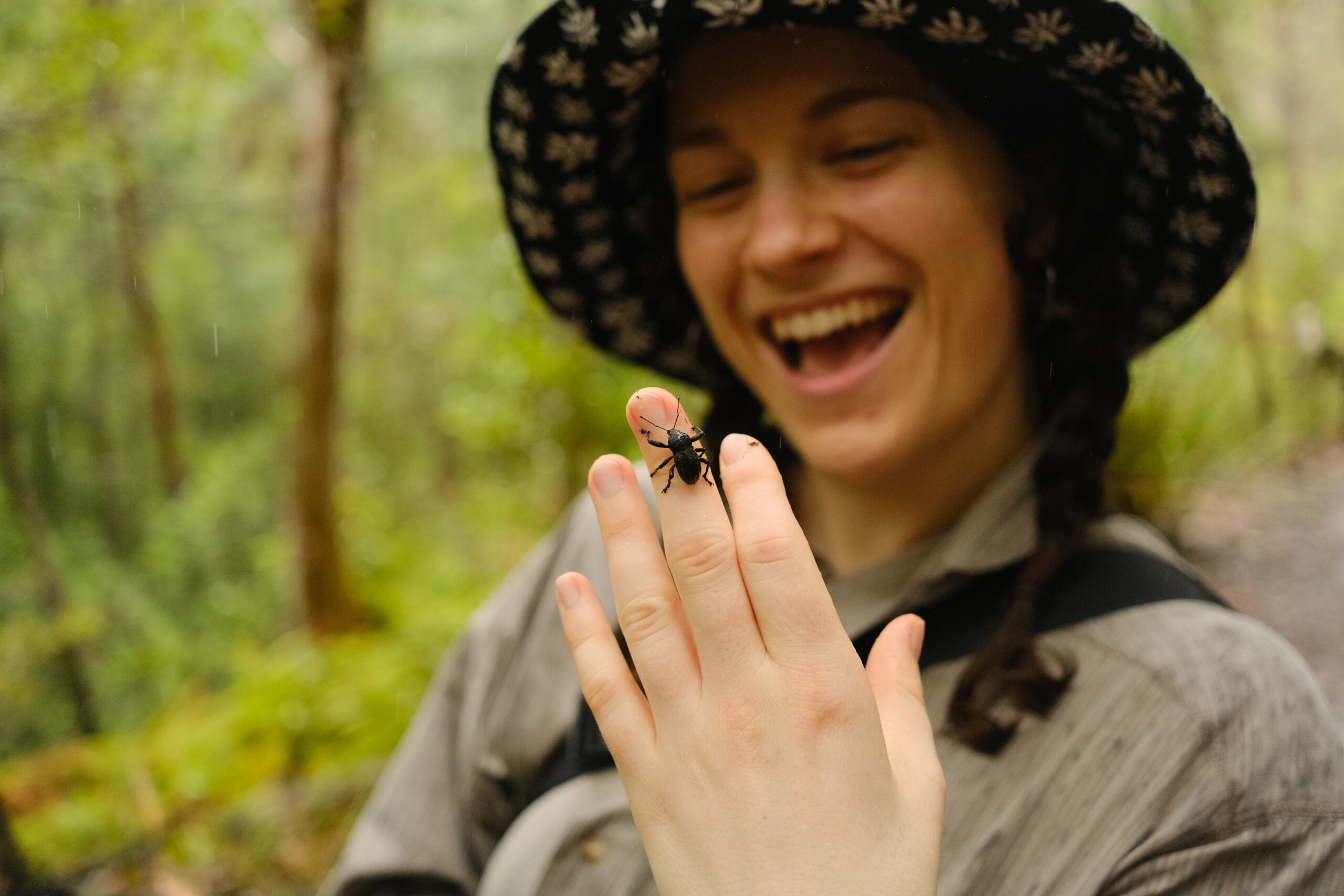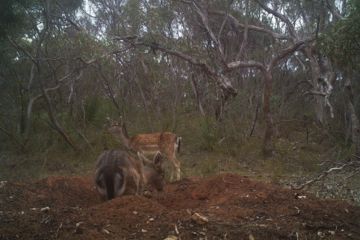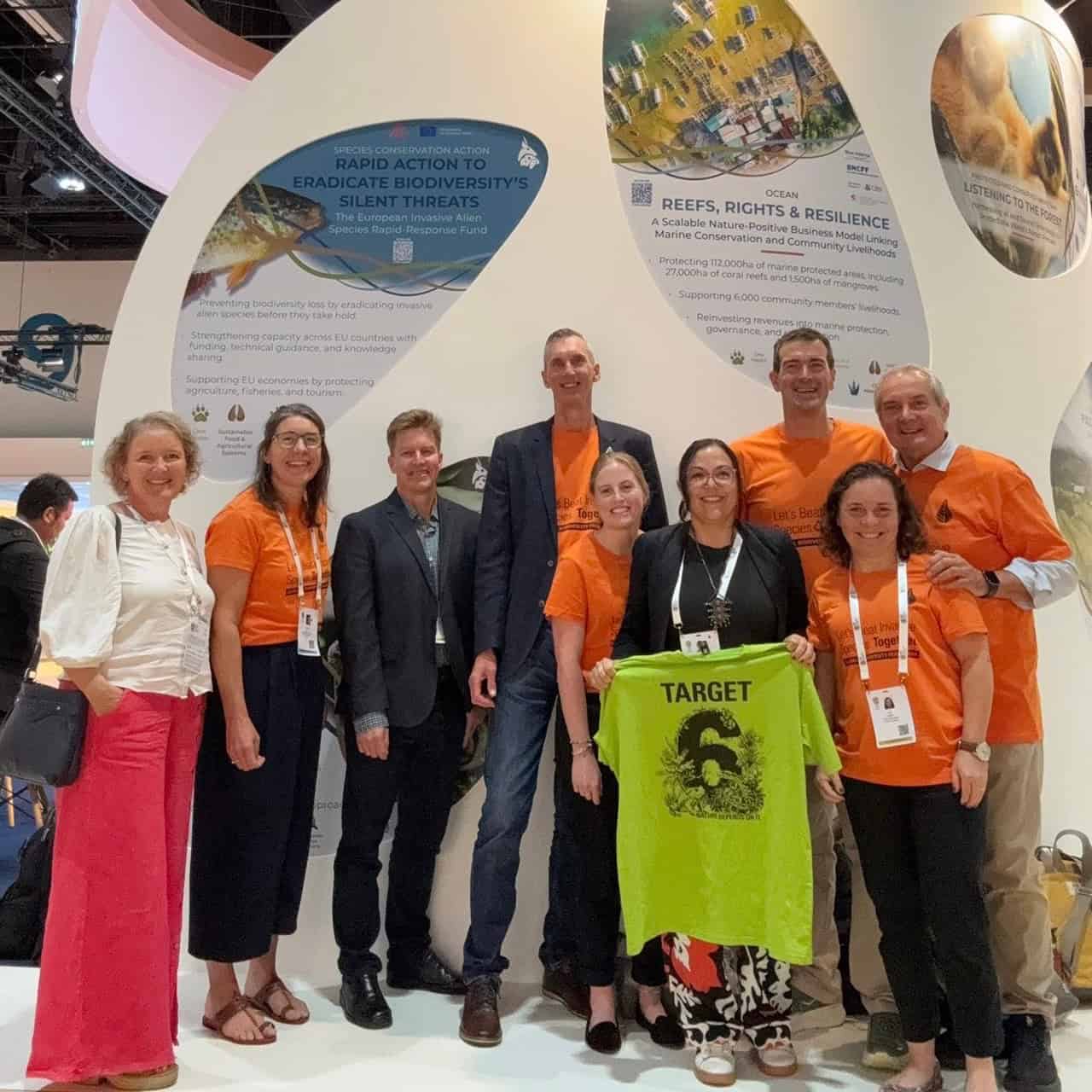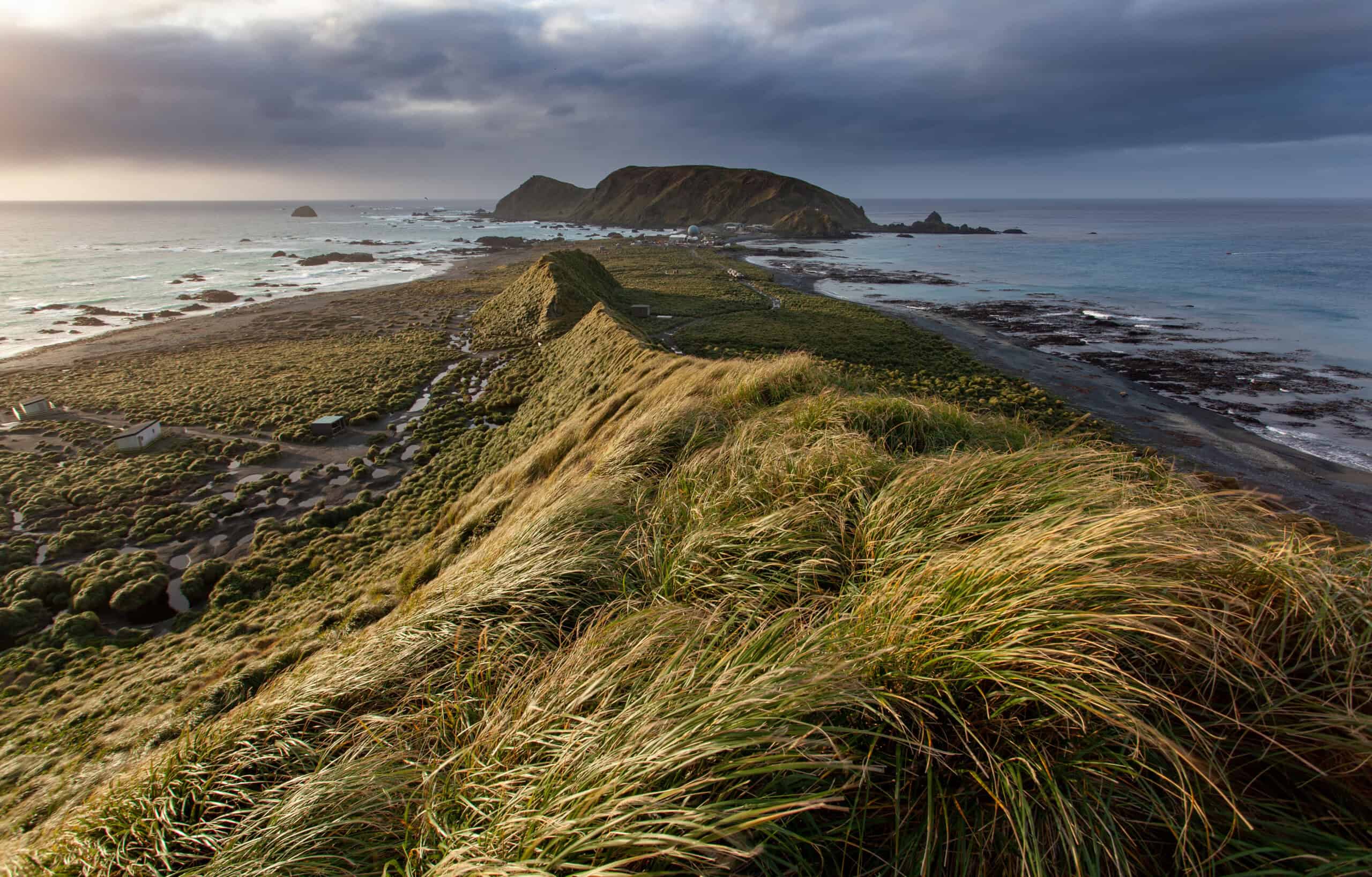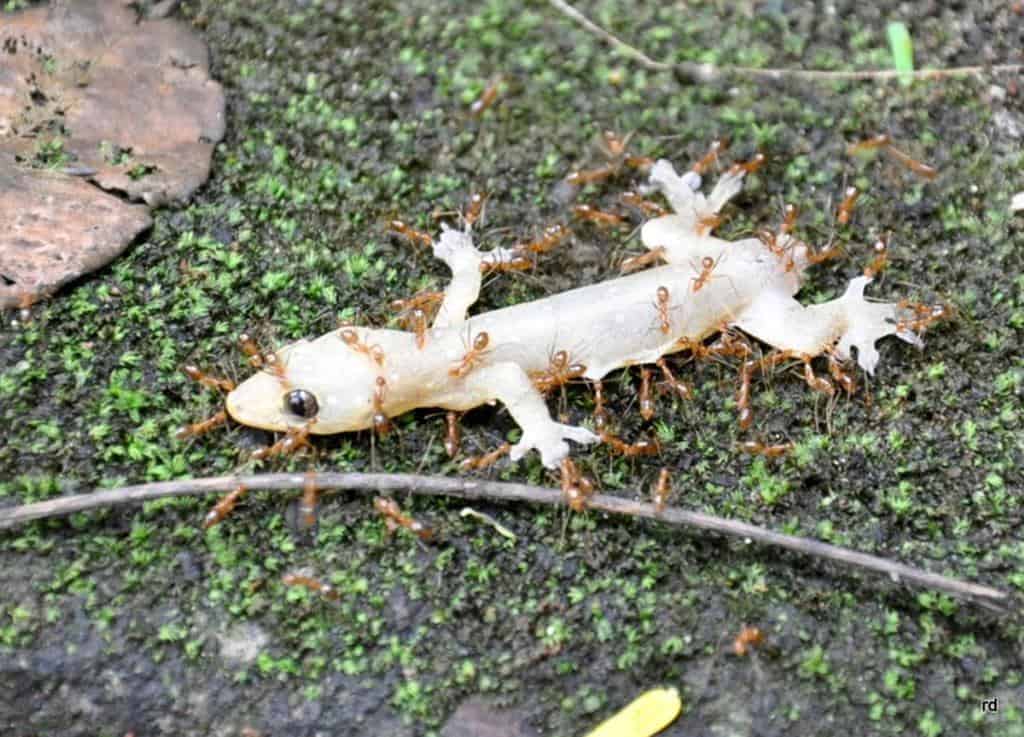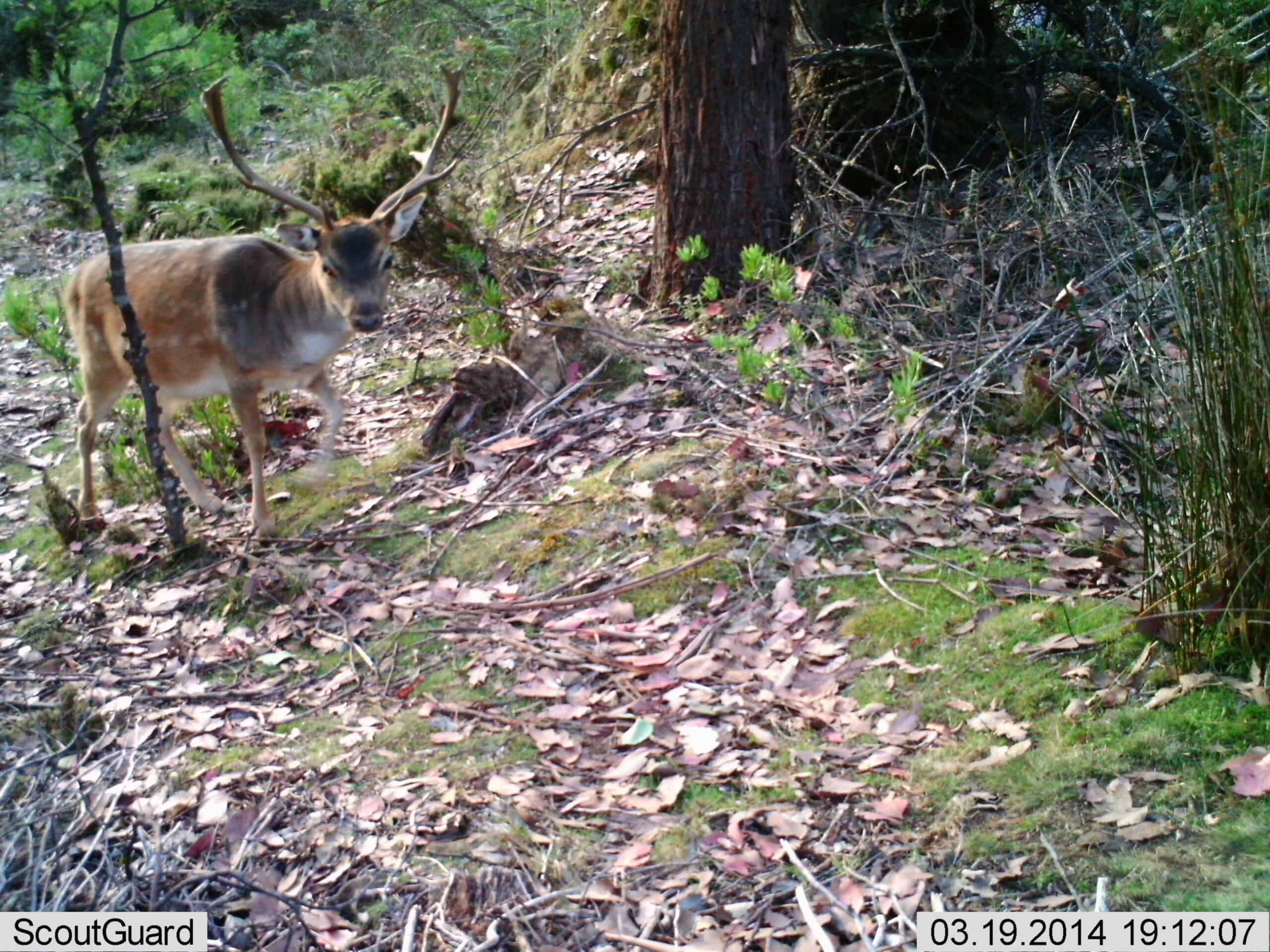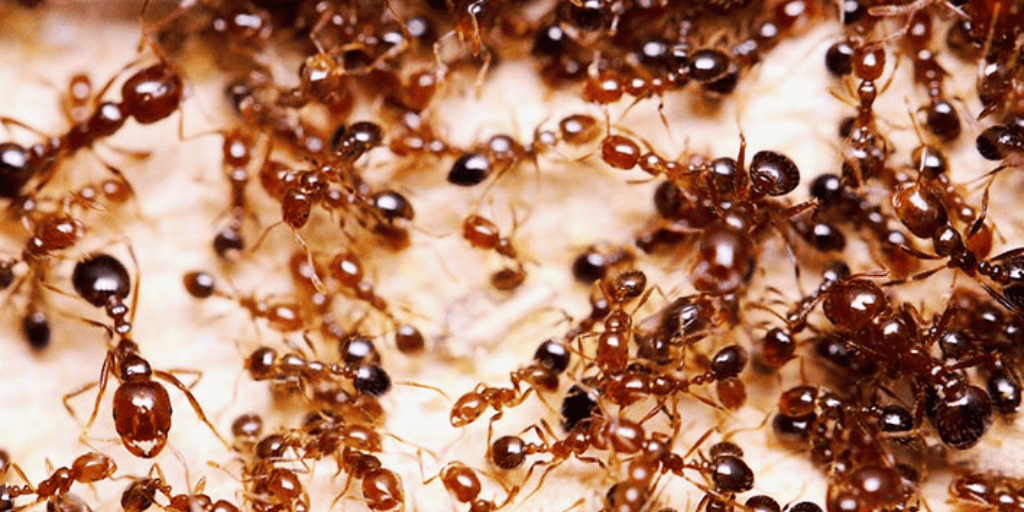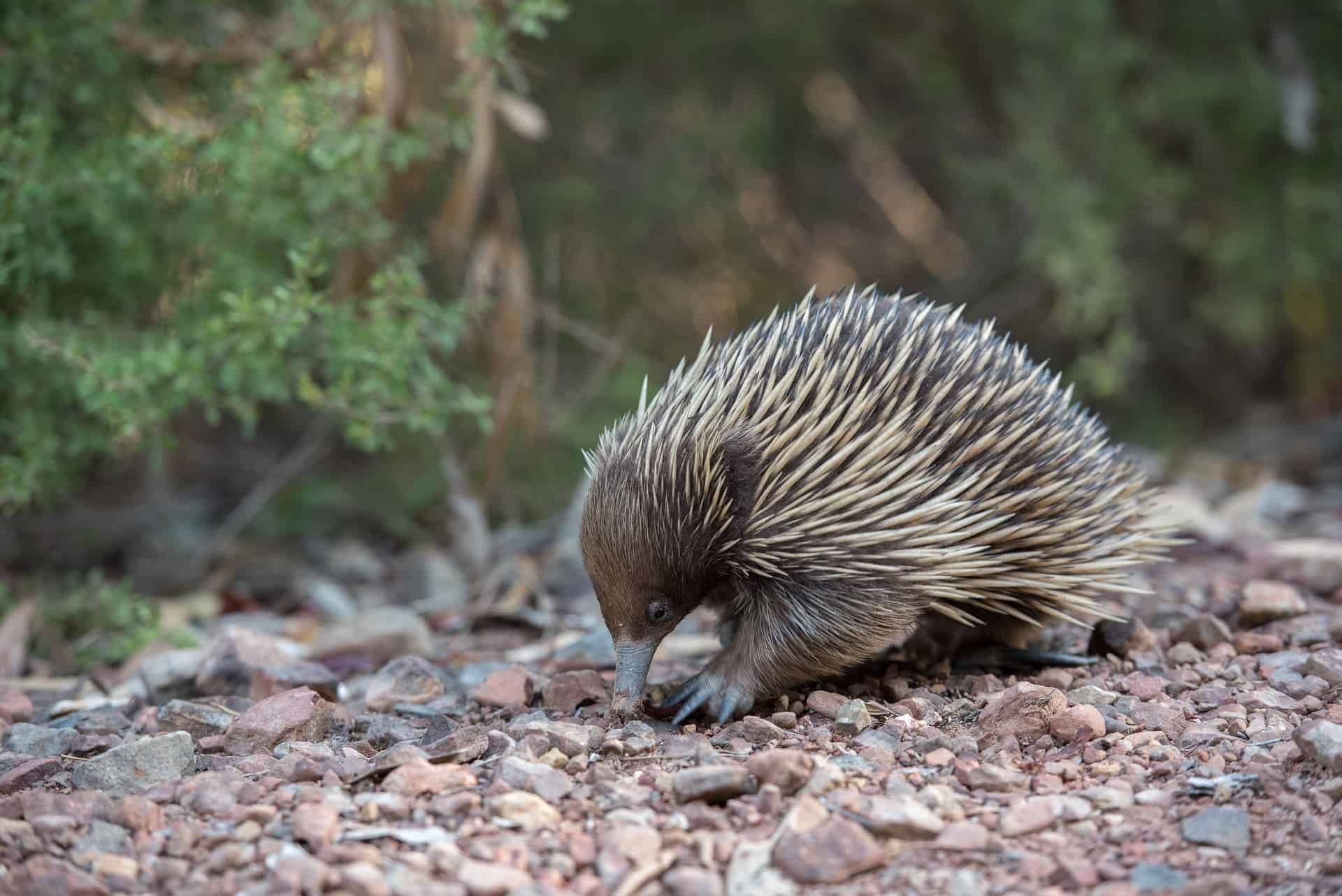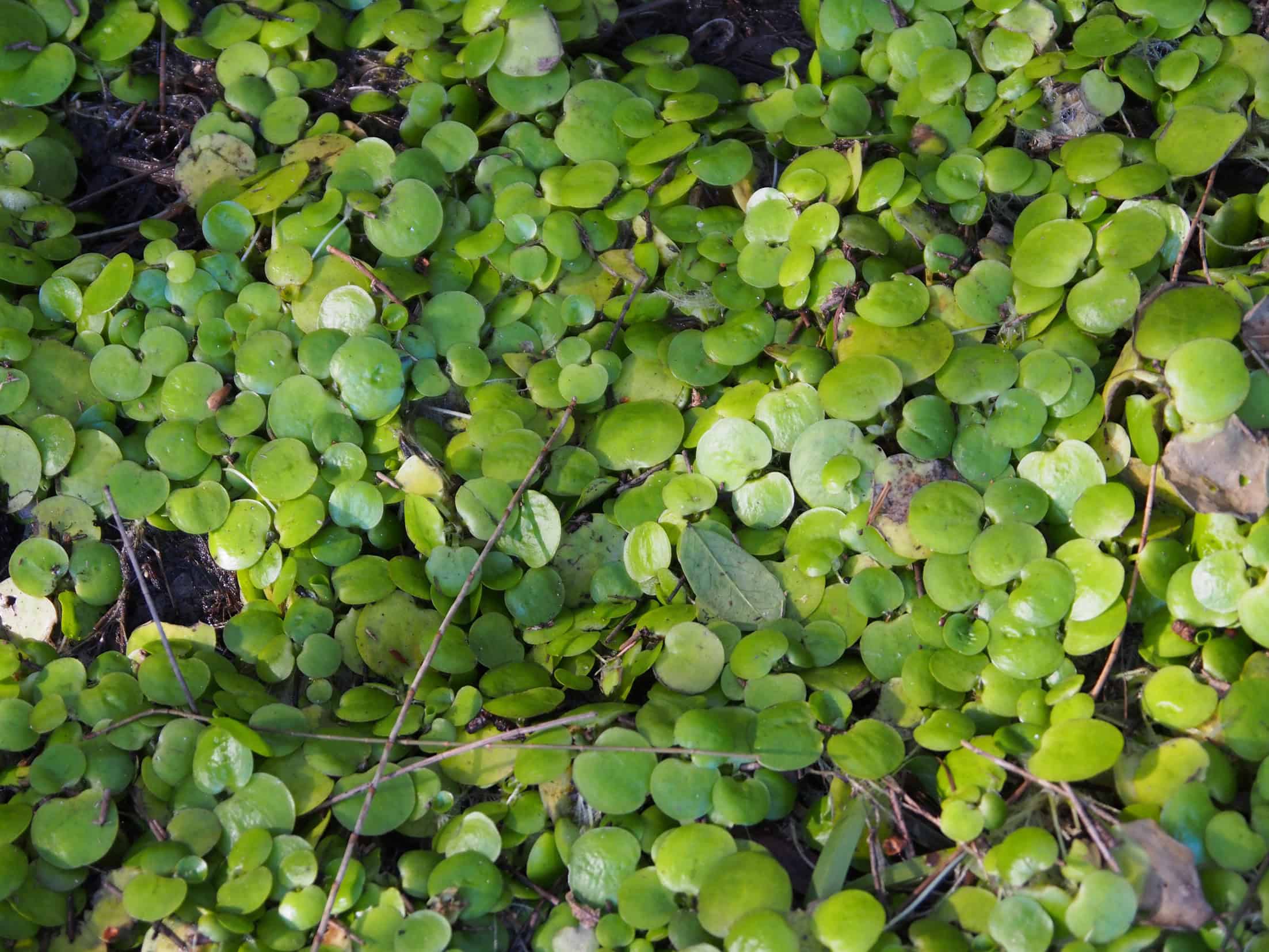
Queensland’s move to ban Amazon frogbit welcomed but loopholes risk new wave of aquatic weeds
The Invasive Species Council has welcomed the Queensland government’s proposal to restrict Amazon frogbit under the state’s biosecurity laws but says Queensland should seize the opportunity to stop history repeating itself with other invasive aquatic weeds.







